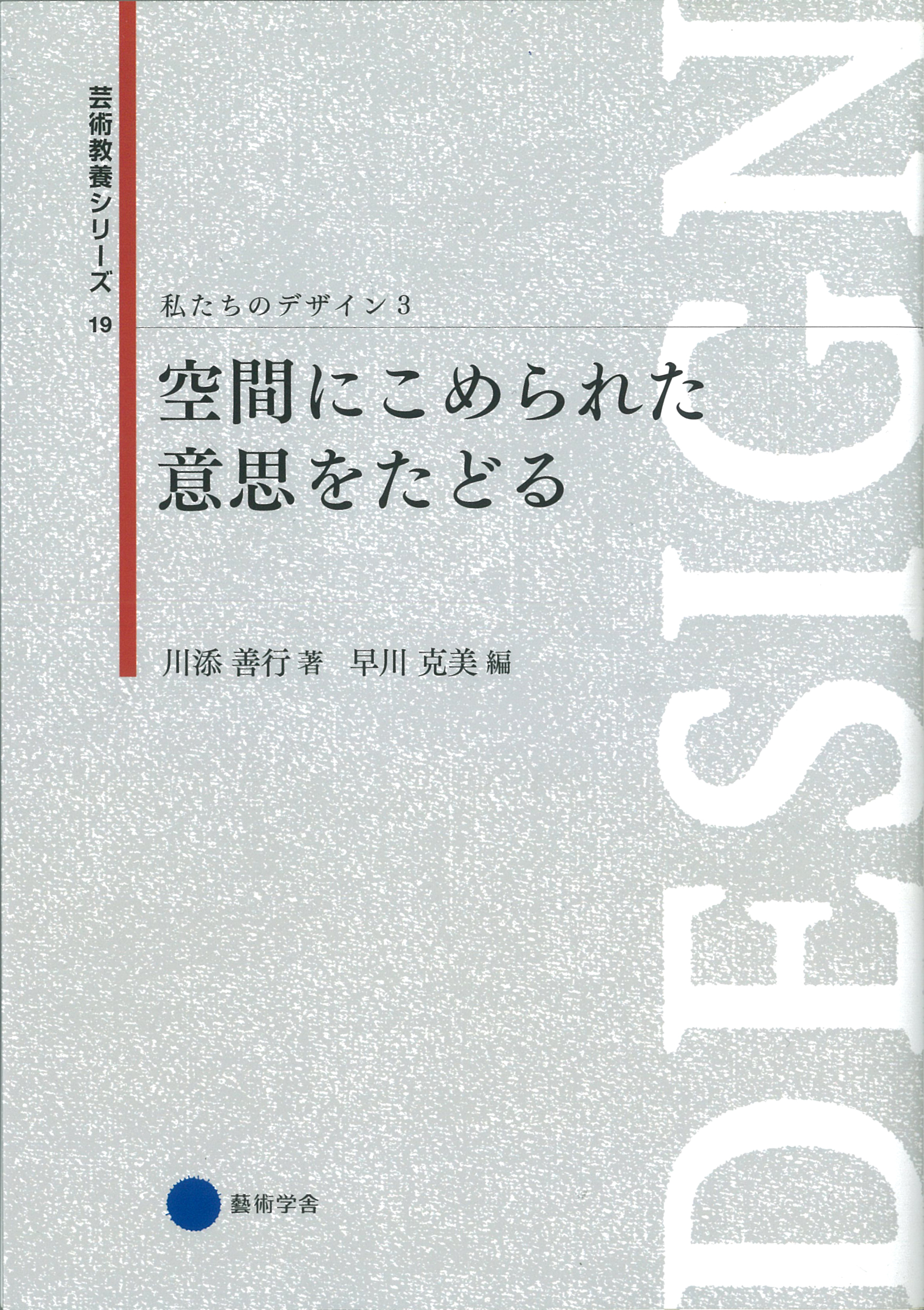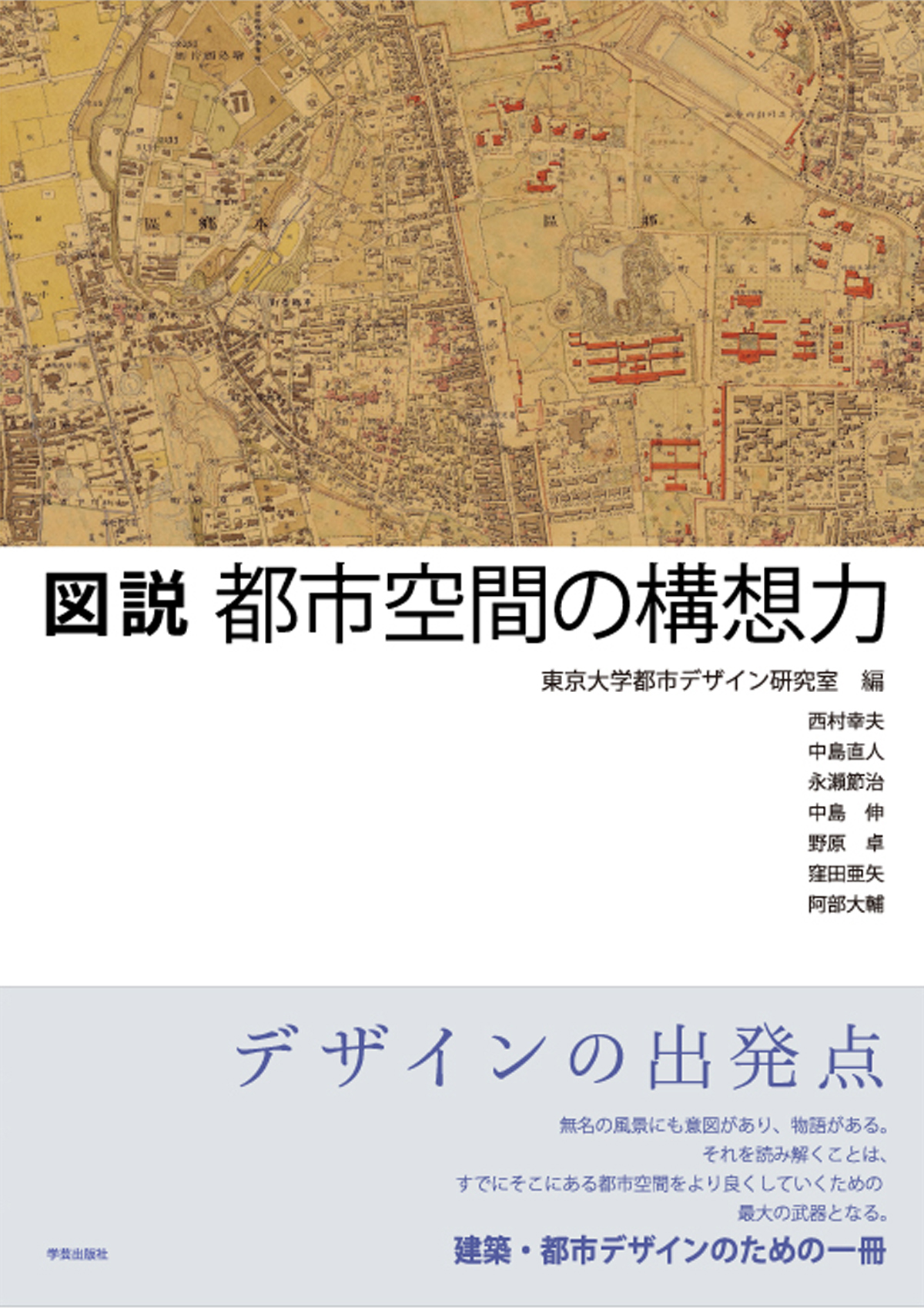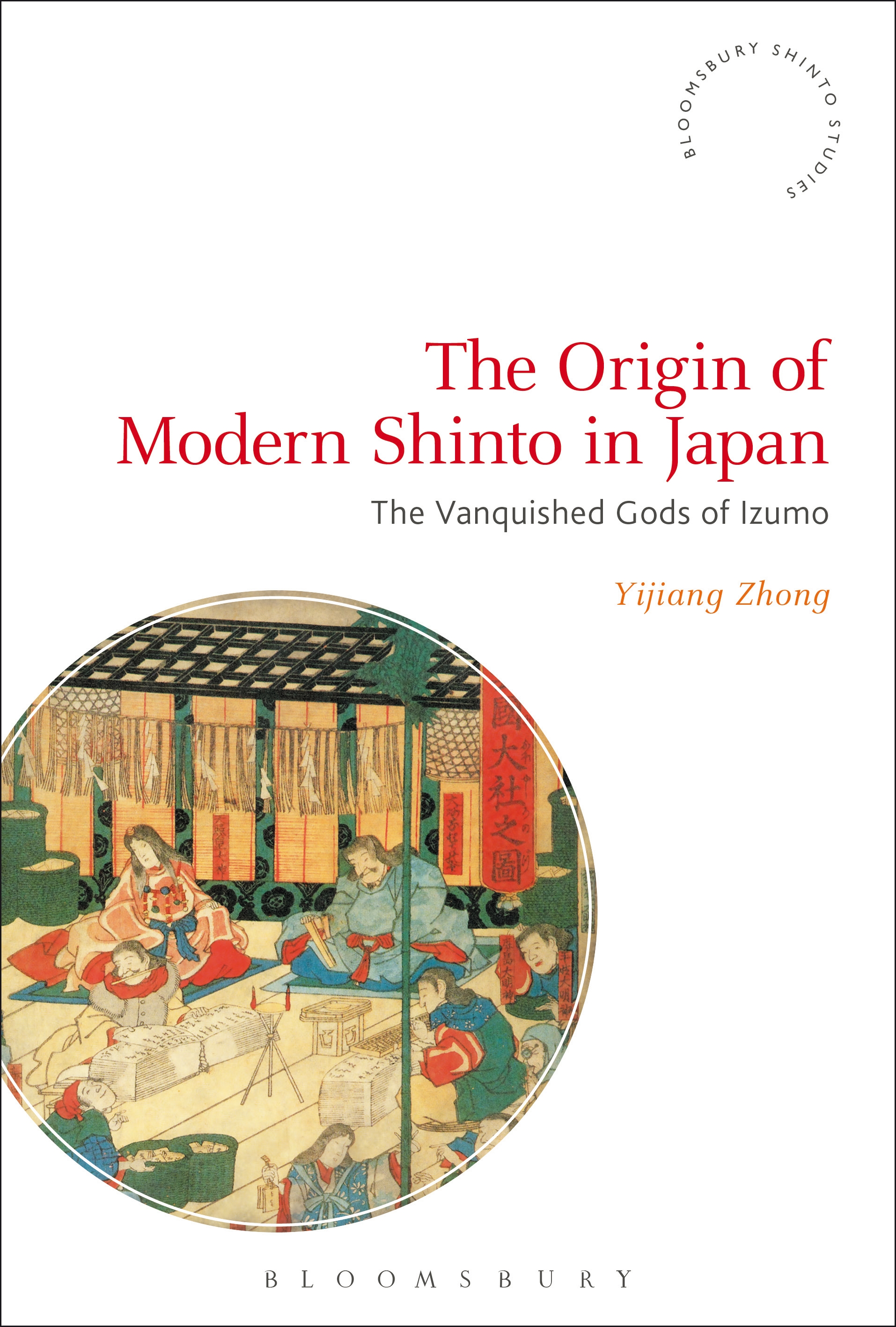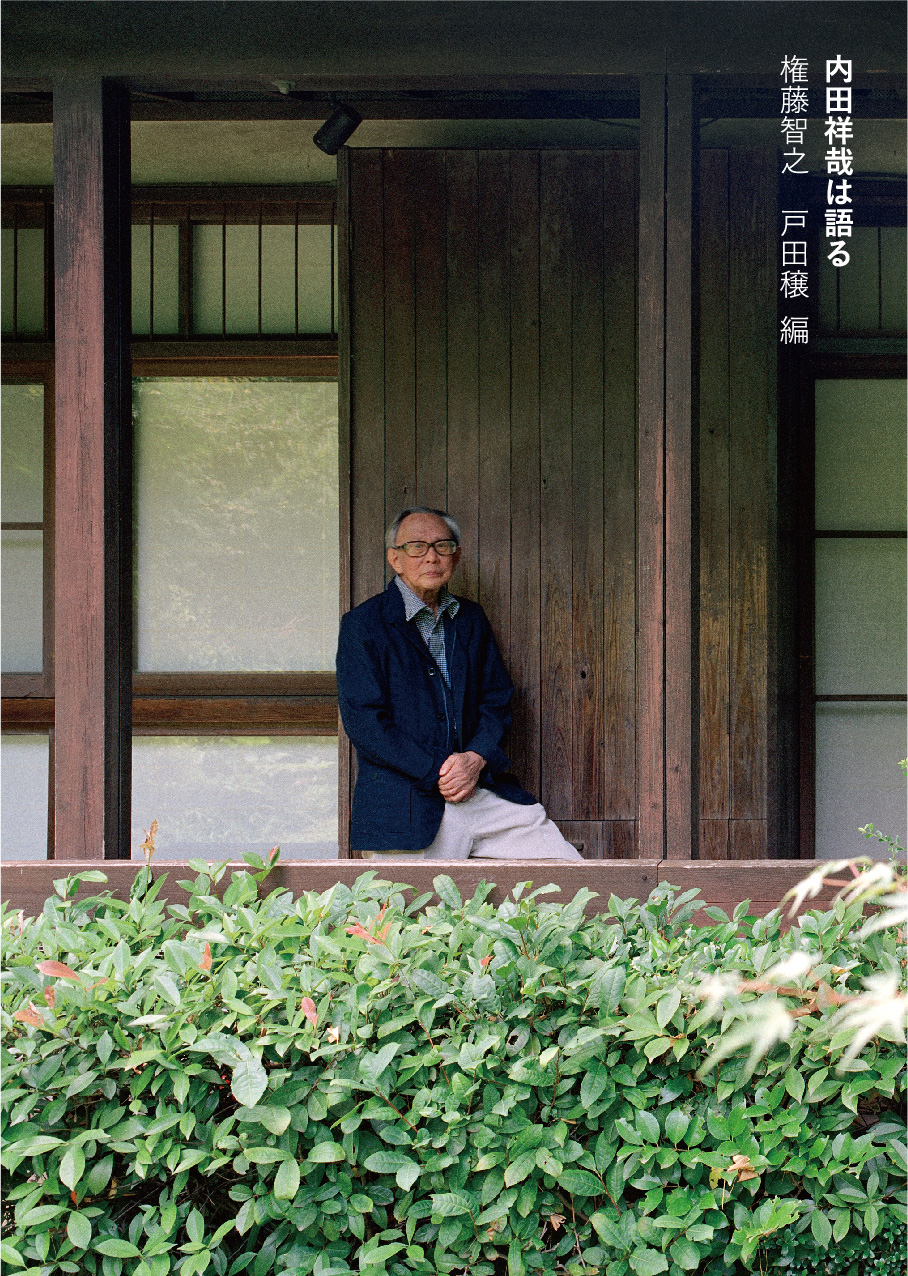
Title
Kukan ni Komerareta Ishi wo Tadoru (Artistic Education Series No. 19, Our Designs No. 3: Tracing the Hidden Messages in Spaces)
Size
206 pages, A5 format, softcover
Language
Japanese
Released
February 17, 2014
ISBN
978-4-344-95246-1
Published by
Geijutsu Gakusha (Kyoto University of Art & Design and Tohoku University of Art and Design)
Book Info
See Book Availability at Library
Japanese Page
When the architecture of a building is being planned, people care about “what types of creative thoughts can be developed for each individual project rather than focusing on building many flashy buildings.” Normal street corners at many locations stand as unremarkable scenery. Every time I see such locations, I fall into the incredibly natural habit of thinking about the meaning of design. Thus, to properly collect my thoughts on design, developed in this way, I created this book.
My fields of expertise are “architectural design” and “the theory of scenery.” Architectural design refers to the study of construction designs. For a very long time, many discussions have been done about the methodology of planning construction, but mainly, this field disassembled all the components of a building and examined the beauty of each element, studying things such as the effects of light. However, very few discussions have been done about the impact of an architectural form on the surrounding location. My second field of expertise, theory of scenery, distinguishes characteristics of the scenery of many places and analyzes their underlying mechanisms. Nonetheless, this theory mainly grasps the current situation, and deriving logic from it to produce new architecture is difficult. To this point in my career, I have practiced both these fields, which consist of two circuits—creating architecture and understanding scenery. I believe that linking these two circuits will probably make it possible to imagine the architecture to be established in Japan’s scenery and to seek a proper form for making each location outstanding.
(1) New methodology for understanding space
This book uniquely presents cases that cover much ground through the following 15 sets of opposing concepts: (1) shaft lines/labyrinths; (2) addition/multiplication; (3) abstract/emotional; (4) explicit/multilayered; (5) interpretations/methods; (6) working together/receiving; (7) society/individual; (8) lying down/standing tall; (9) future/art; (10) technology/city; (11) conservation/occupations; (12) form/function; (13) construction/appearance; (14) momentary/eternal; and (15) centripetal/centrifugal. Therefore, the book is not limited to a simple introduction of cases; it also presents a new methodology for understanding space by providing a conceptual abstraction of the experience of space.
(2) Selection of cases that traverse various fields
This book covers various entities beyond buildings, for instance, villages, rivers, and civil engineering structures. In addition to architecture, the selected topics of the book straddle the academic fields of civil engineering and agricultural science. The attempt to handle buildings, groups of buildings, structures, and natural elements in parallel not only presents an important perspective for mid- to long-term national land planning but also demonstrates the possibility of a new “study of space,” which is unprecedented until now.
(3) Presenting the value and appeal of space to society
The interest in architecture is increasing, but the ways of looking at it are still limited. Thus, now is precisely the time when an attempt to convey the appeal of the architecture of “space” to the general public has great relevance. Therefore, this book is not only written in an easily understood style but also covers important cases from architectural history. Additionally, it serves the important role of broadly disseminating the appeal and value of architecture to society in the form of general education, using experiences with space as a jumping-off point.
(Written by KAWAZOE Yoshiyuki, Associate Professor, Institute of Industrial Science / 2017)



 Find a book
Find a book






